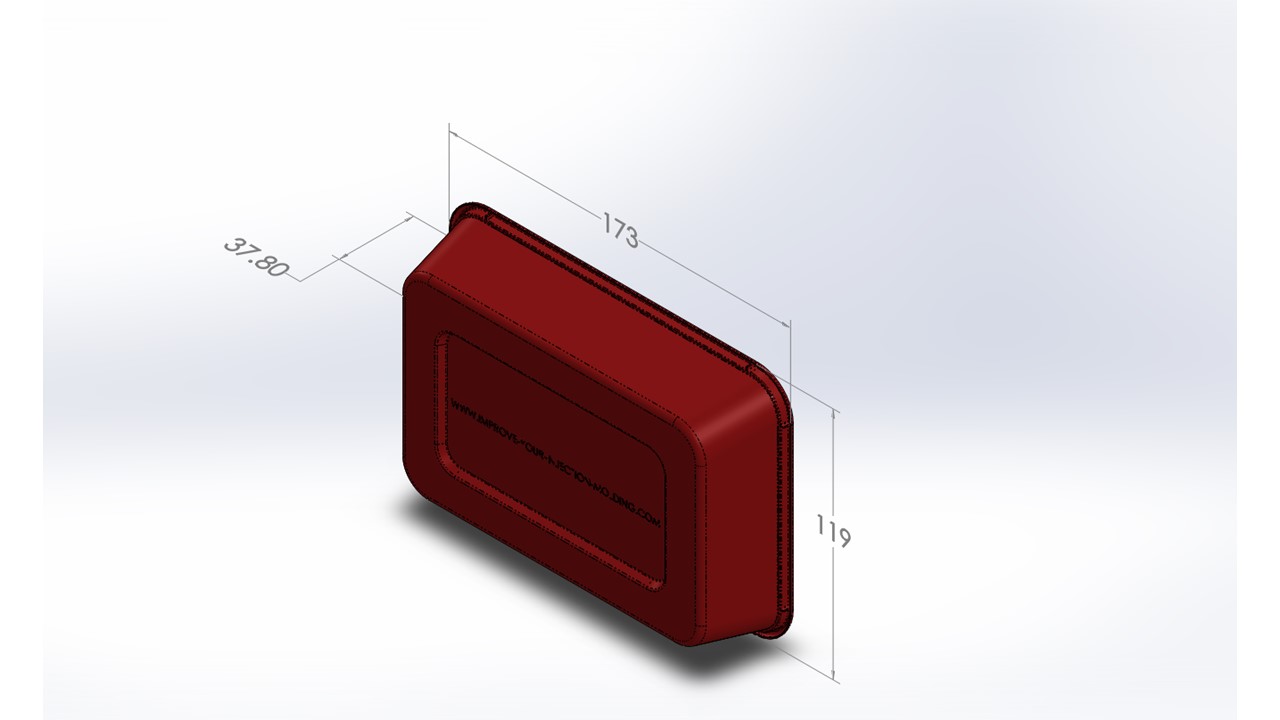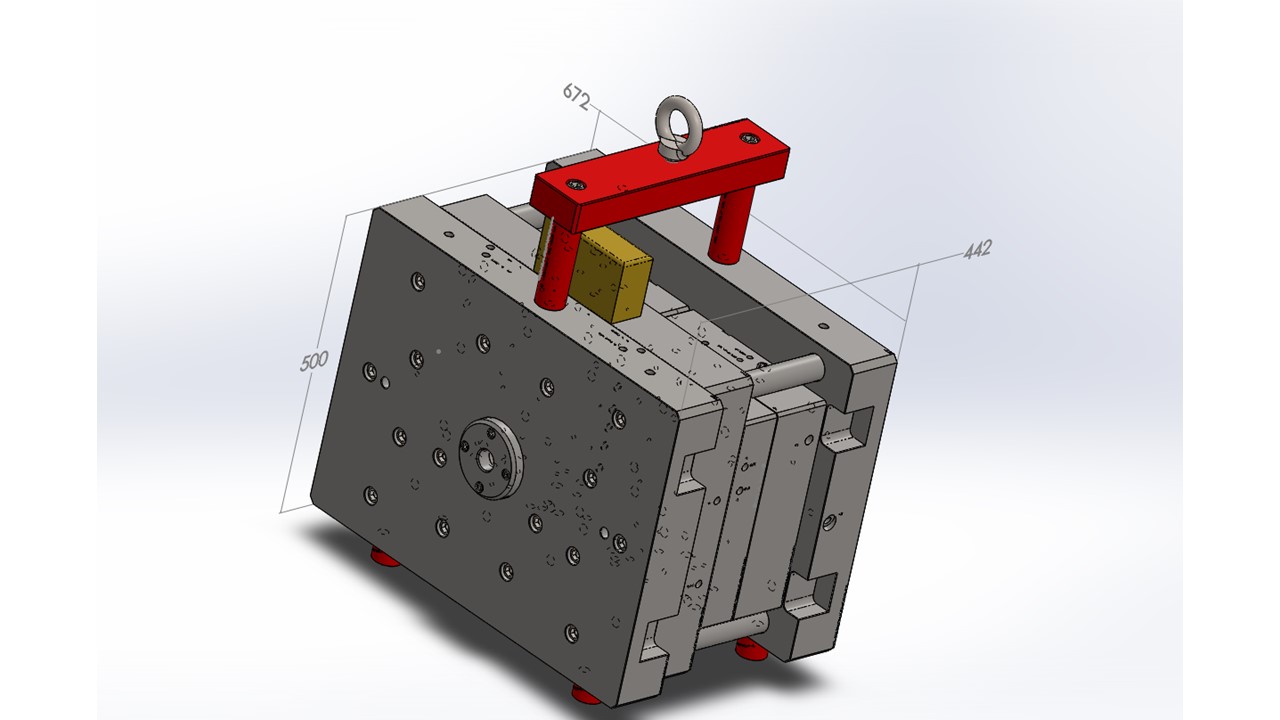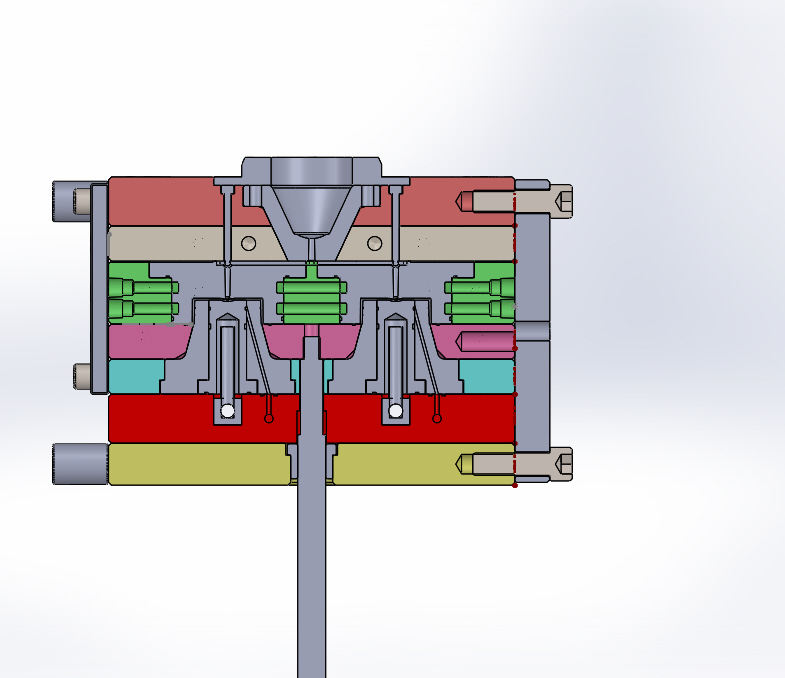- Home
- Lean Principles
- Machine Selection
- Mold Design
- Mold Interlocking
- Mold Making
- Plastic Material Technology
- Molding Process
- Plastic News
- What's New
- Privacy Policy
- Disclaimer
- Site Map
- Poll
- Polishing
- 3D Rapid Prototyping
- Molding Companies
- Contact Us
- Proven Thinwall Packaging Mold Designs For Sale
- MOLD WEIGHT CALCULATOR
- HOT RUNNER VERSUS COLD RUNNER
Lean Manufacturing Example - How To Make Your Injection Molding Business 5% More Productive Immediately And Save Costs
Here is a lean manufacturing example that will get injection molders at least 5% more productivity immediately without spending a dollar.
The technique I use in this example is based upon my 5% Rule.
My 5% Rule says that most injection moulding machines can give at least 5% more productivity because cycle times have not been optimized.
Have you ever noticed in a manufacturing company how a certain culture exists whereby a particular level of production becomes acceptable and few people are willing to question how much more productivity is possible with the existing machinery?
The machine operator might have become complacent because the management have also become complacent or the management don’t have the technical background to understand how the process could be improved. Instead management are considering investing hundreds of thousands of dollars in new machinery with new technology.
Before investing in new equipment why not see how much more productivity your existing machinery has to offer?
Cycle Time Reduction
If cycle time is reduced by 5% then productivity will increase by 5%.
Take, for example, an injection molding machine producing a food container part.
If the annual requirement of this part is 400,000 then with 5% more productivity this machine will produce 420,000 parts which is 20,000 more parts per year. And if each product sells for $2 then this is an increase of $40,000 in sales revenue per year per machine - a tidy return for very little investment of time.
What’s more, if there are ten machines in your company with the same production requirements the extra sales revenue will be $400,000 per year.
And how do I expect to achieve this 5 % extra productivity immediately without any investment of money?
Let me explain with a lean manufacturing example.
Lean Manufacturing Example
Consider the same injection moulding machine producing a food containers with a cycle time of 9.1 seconds. If the cycle time is reduced by 5% then the cycle becomes 8.6 seconds which means some part of the cycle needs to be reduced by 0.5 seconds. In the injection moulding process there are typically 6 phases that occur during each cycle.
The 6 phases:
- Mould closing
- Injection of plastic into the mould
- Holding of plastic in the mould to allow proper formation of the container
- Cooling of the container so that it is rigid enough to eject from the mould
- Opening stroke of the mould
- Ejection time; the container can be physically ejected off the mould
The following is a real life example performed on an injection molding machine in Melbourne, Australia running a 2 cavity mould.
The 9.1 second cycle time had the following breakdown:
Phase (seconds)
- Closing 1.3
- Injection 1.2
- Hold 2.0
- Cooling 2.1
- Opening 1.5
- Ejection 1.0
Total 9.1
In order to reduce the cycle time by 0.5 seconds, the first thing considered was the phase that would have the smallest effect on part quality. This was the ejection time.
In this example the ejection was started 0.2 seconds earlier while the mould was still in the opening stroke. There was no need to wait for the moving side to completely stop before starting the ejection stroke. therefore, the ejection time was reduced to 0.8.
Additionally, the opening and closing times were reduced by 0.1 each saving another 0.2 seconds by reducing the opening stroke.
Another 0.1 was subtracted from the cooling time which achieved our target of 0.5 seconds. Although the part shrinkage was slightly more it was still within the quality limits and made no difference to the end user.
Here is a summary of the changes:
- Closing 1.3 reduced to 1.2
- Injection 1.2 unchanged
- Hold 2.0 unchanged
- Cooling 2.1 reduced to 2.0
- Opening 1.5 reduced to 1.4
- Ejection 1.0 reduced to 0.8
Total cycle changed from 9.1 to 8.6 seconds without effecting quality
Additional Comments
From this case study one can see that there are 6 parameters that could be used to share the 0.5 second reduction in cycle time. This means there are several combinations that could be used to reduce the cycle time. For example, in the above example as it turns out the hold time could have been reduced by 0.2 seconds without any change in part quality.
It’s a matter of looking at each mould and machine combination on a case by case basis. To see what works best. In some cases the mould and machine might already be operating at their limits so it is not possible to reduce cycle time.
Also, on some molding machines the plasticizing screw recovery time will have an effect on cycle time if the machine doesn't have a shut off nozzle.
Injection moulding companies have millions of dollars invested in machinery and tooling so it is vital to get the most out of them. The right mindset is important to run efficiently as possible so as a factory owner, manager, leading hand or moulding technician you should be asking yourself how can I improve productivity by 5% today? Click here to see a video example of an extremely productive mold with a 4.0 second cycle & to checkout our mold design services. (opens in a new window).
Exercise
I would like you to choose one moulding machine in your company that is producing a part with a stable cycle time and attempt to reduce that cycle time by 5% by using the above lean manufacturing example as a guide.
And once you have established a 5% cycle time reduction on a particular machine, try reducing the cycle time by another 5% until quality issues become your limiting factor. Use this approach on every machine in the company. Target one machine per week and just see how much more productivity can be achieved. You might be surprised how much difference it could make.
Discounted Mould Design For Sale

500ml Thinwall Disposable Food Tub 16.5 Grams
Return from Lean Manufacturing Example to Lean Manufacturing Principles






